Barebones Survival Kits—Less is More!
Let’s face it; ‘Survival’ is big business these days. From the time Survivorman and Bear Grylls hit the scene until the present day, a plethora of TV reality shows have spawned and with them also started the careers of many YouTube personalities and self-appointed experts. Survival is so mainstream now that even popular stores such as Walmart and Target now have more survival items than ever before. Big-name sporting goods stores have been offering survival items for years, but they all have a few things in common, namely pre-packaged survival kits full of made in China items that are hardly dependable at all. To add to the lackluster quality of the overall kit, they stuff them with even more poor quality crap to make the end-user feel like they are getting a real bargain!
Rather than have 50 small items crammed into a small space, I’d rather have a lot fewer, essential, larger items made of good quality materials. As long as medication, fire, signaling, general direction navigation, and water needs are met—everything else is not really needed for survival.
The Altoids Kit Phenomena
Around the early 2000s, there was an online contest on the forums to see who could come up with the best survival kit built around the Becker BK7 & BK9 knives and their sheaths. Back then, the knives were made by Camillus Cutlery, and their sheaths were generic, ballistic nylon with a plastic insert for the blade and featured a small pocket on the front for items. This little front pocket would perfectly fit an Altoids tin, which started a huge “Altoids Tin Survival Kit Phenomena!” Hundreds of kit photos appeared online over the next few years, opening the conversation to “What else should I put in my kit” or “How do you like my Altoids kit?”
These types of kits are so crammed that the snag factor takes over when trying to retrieve items, which usually send a few important pieces down to the forest floor, never to be seen again. Making an Altoids kit is fun for newbies, but in the long run, it’s limiting. Truly, it seems to be more of a jigsaw puzzle game than what it’s supposed to be.
Items Most Likely Needed for Survival
Short of a satellite phone or cell phone with perfect signal, not many things in survival are more important than fire. However, this may be a debatable subject for many. I’ve seen fellow survival instructors debate the importance of fire over shelter and vice versa. For me, it’s fire!
Having two or three ways of making fire is more important than having many other unnecessary ways of doing something half-ass. Once a fire is in full bore, it takes an enormous amount of rain to put it out completely. Fire gives life-saving warmth, boils water to make it safe for consumption, gives us light, melts snow for hydration, cooks food, and gives us the best dose of morale than anything else I can think of in the wilderness. A ferrocerium rod, matches, fire piston, lighter, flare, Fresnel lens, good magnifying lens, flint & steel are all options to put in a survival kit. In addition, tinder should be an essential part of a survival kit. Cotton balls, fatwood, magnesium, and jute twine are all expectable types of tinder compact enough for a survival kit.
The ability to make ourselves recognized if lost is very important. Besides being smart enough to have at least some kind of bright clothing that contrasts with the environment (bandana, colorful hat, shirt, etc.), a whistle and signaling mirror should take precedence over everything else in a survival kit alongside the fire.
General navigation using a simple button compass would be very helpful if you had some idea of which direction you were headed in the first place. If you had a rough map of your surrounding area showing a parking lot, trailhead, waterways, or major highways, that would be better. This information is often found on trail map hand-outs at many trailheads and ranger stations. Keep a compass with you in any survival kit and keep it easily accessible.
I didn’t mention a knife in a survival kit because if you are a person who has any kind of ambition to be in the outdoors in the first place, chances are you will already have a knife. If not, you should. It has no place in a survival kit; it’s too bulky. Keep a knife on a belt, in a pocket or around the neck, and you’ll be the wiser.
Not Really Needed
Sewing Kits- Often found in larger, more extensive survival kits, most of us can live with a tear or lost button. Although some sewing kits can be very flat and low profile, they are not essential to survival.
Light– I never hike at night. In fact, a lost hike has no business moving about, so the need for light is not great. There are way too many hazards on the ground, and it’s even worse in the snow. A glow stick is not practical in a survival kit. Candles are large and bulky even though they have many camp and bushcraft uses. Smaller birthday candles are useless. Flashlights are better for camping trips but not detrimental to survival. It’s important to allow enough time to gather wood or make a shelter before dark. Once the fire is going, there should be ample light to walk a few feet away to relieve ourselves. Small clip-on style lights are convenient, but the smallest amount of humidity or water sprinkle turns them on and wastes battery.
Writing Implements-Sharpe markers and pencil & paper are all a waste of space. A little creativity, like charcoal from a campfire (even an old campfire or burned tree from lightning), can be used to mark trees and rocks. Sticks can be used to write in the dirt and mud. Branches and stones can be used to spell out messages as well.
Tweezers-I have never heard of deaths in the wilderness from a splinter. Cactus spines are super painful, but they are also on the large-enough size to be easy to pull out without tweezers; however, stinging nettle is not easy to see at all, so tweezers would also be almost useless for their spines. Although all types of spines and splinters can cause irritation and discomfort, none are life-threatening; therefore, putting tweezers in a survival kit is a waste of space.
Water Purification Tablets- Many sources state that the incubation period for waterborne pathogens is 1-3 weeks. While there are many variables to this, we must remember that survival is usually short-term. Truthfully, people are usually found in a few days—alive or otherwise. The idea of long-term survival is rare, and even if carrying water purification tablets, they will eventually run out. Drink the water you come across; better to stay hydrated and deal with any circumstances after the ordeal. I still carry water purification tablets in a small, waterproof pill capsule.
Can Openers-Although many types of cans are found in the wilderness, I have never been fortunate enough to come across any unopened cans of food. Most Swiss Army knives will have a can opener on them.
Food (Fishing Kit) – People die in a survival situation from dehydration, falls, and exposure to the elements, but rarely starvation. The lowest priority in ‘survival’ is food. Some pre-packaged survival kits include hard candy, a bouillon cube, gum, or tea. These are said to be a morale booster or quick energy source, but whom are they kidding. Fire will be the best morale booster any day. There is no way a little piece of candy will make you feel like everything will be ok. Along the lines of food is a fishing kit, which is a popular item, but it occupies precious space that could be used for tinder. Having a fishing kit doesn’t mean you are guaranteed to catch anything. People from the Southwest may have zero use for a fishing kit in the wilderness due to the lack of standing water. Waterways, in general, are popular and widely used, so if there is a lake, most likely there will be other people around or at least a trail to someplace safe, thus ending any lost hiker survival situation.
Wrap-up
Bigger isn’t better when it comes to a survival kit. A false sense of security will get you nowhere. All of the items named not important for a survival kit fit the camping kit role. Some things of convenience are not detrimental to health. Simplify and lighten up to the point where the survival kit is more likely to be carried all the time!


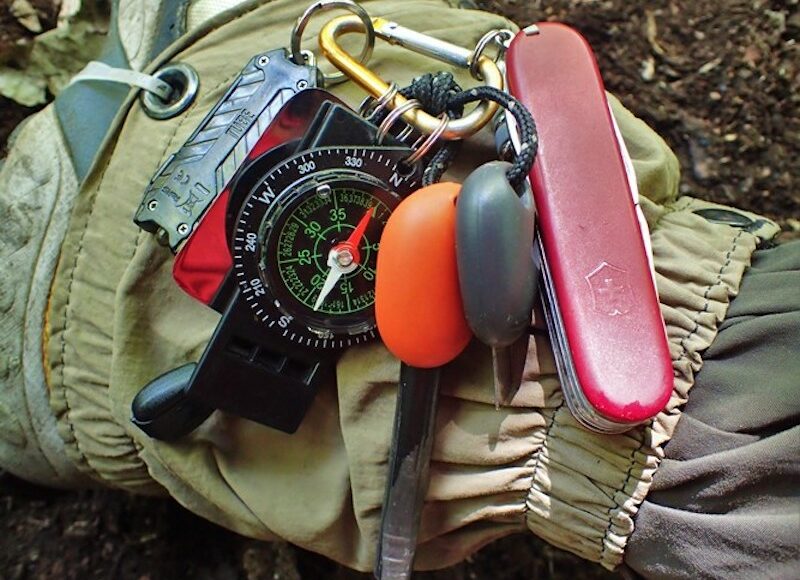
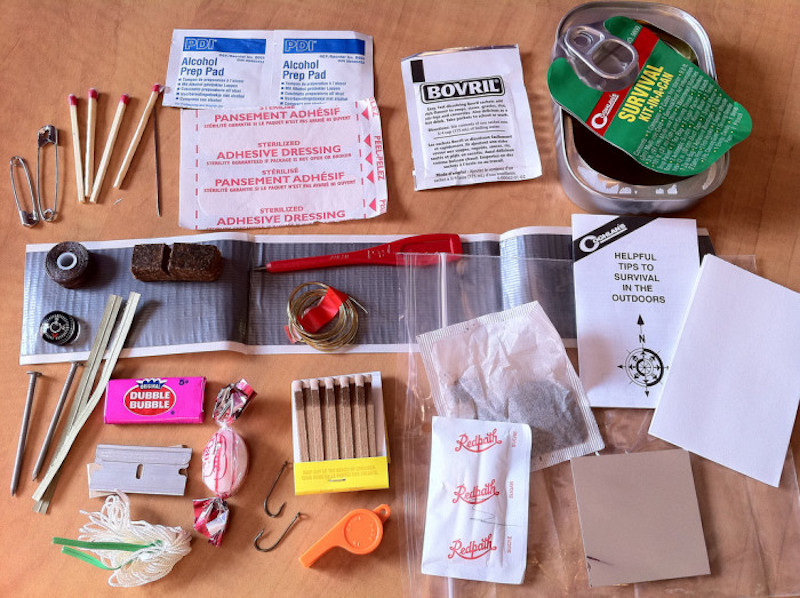
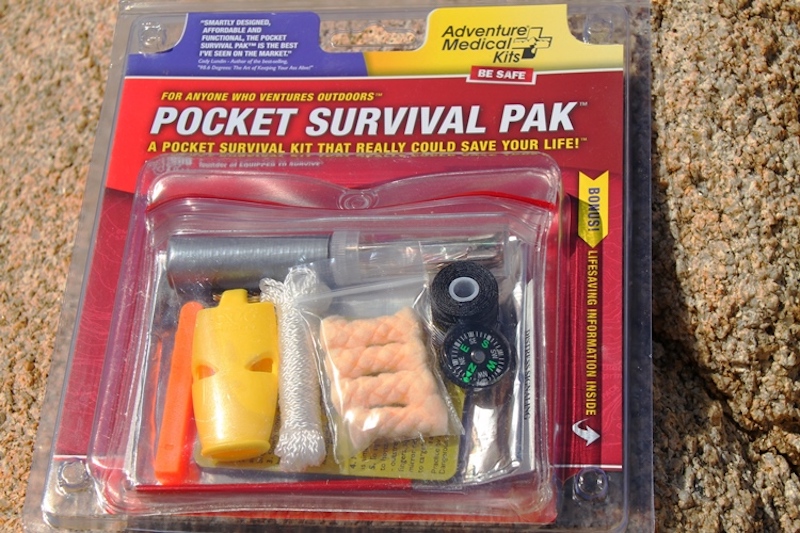
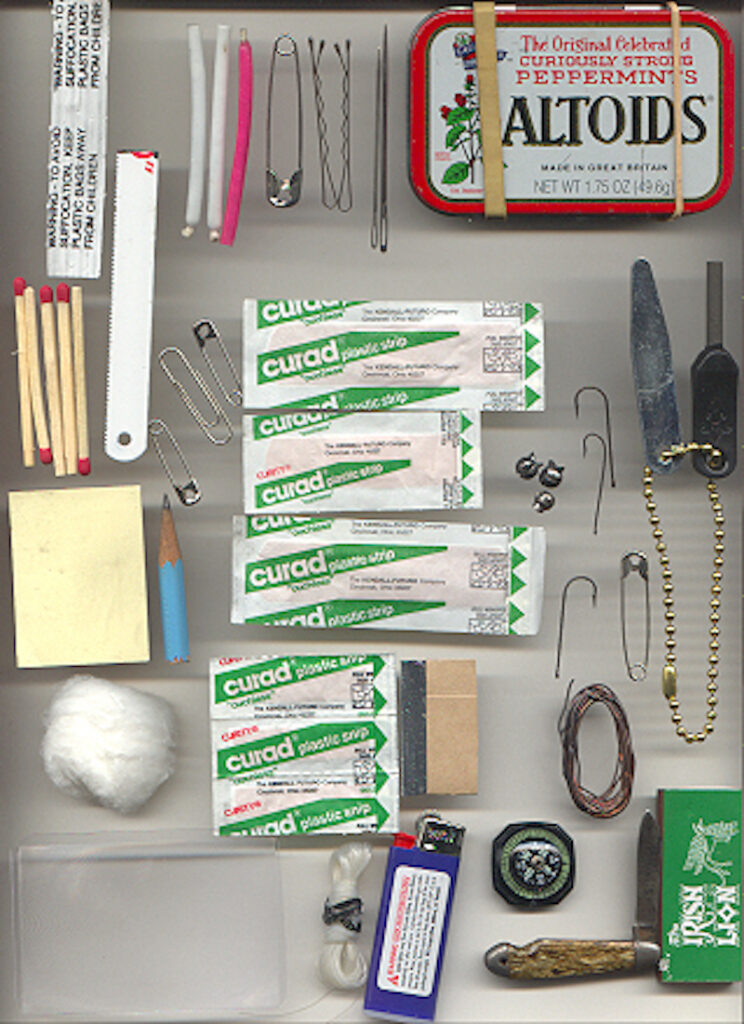
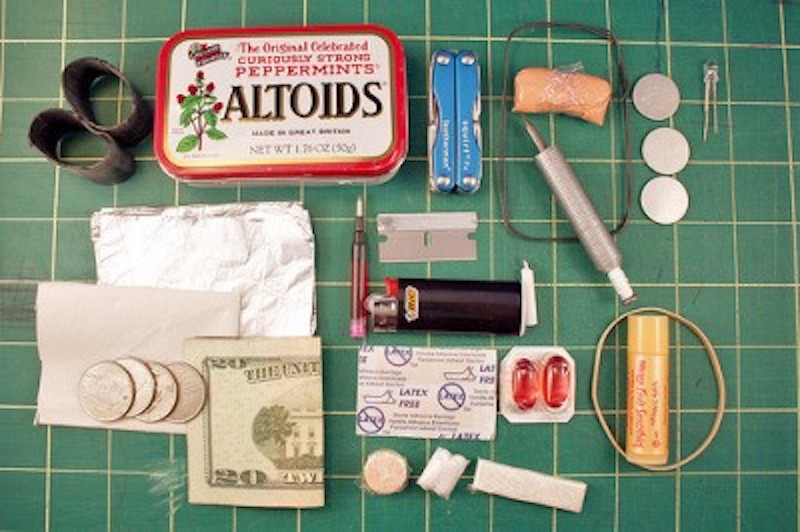
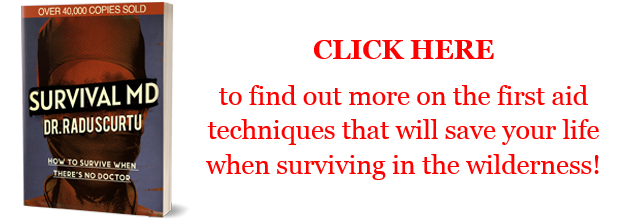

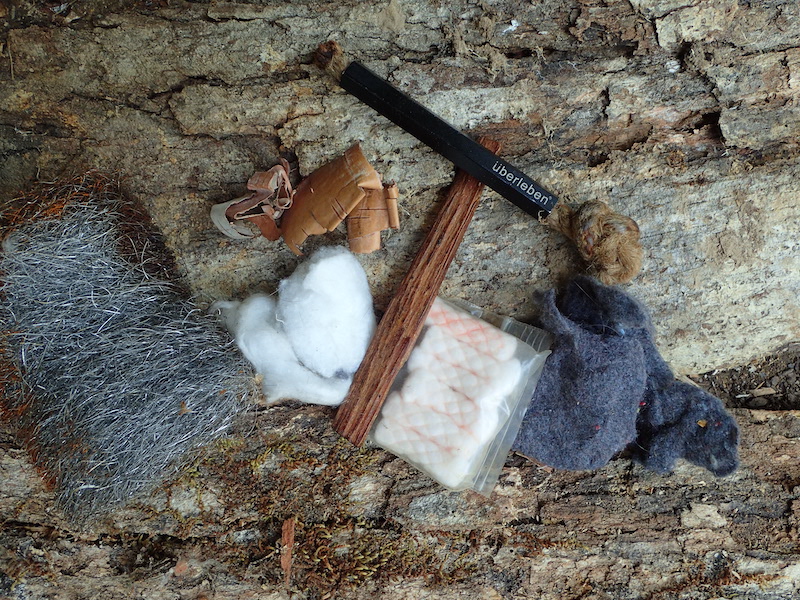
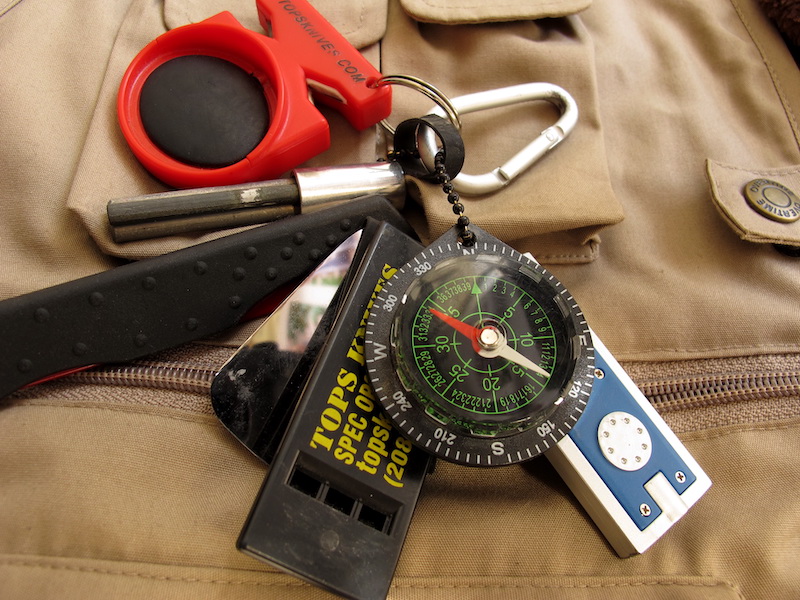
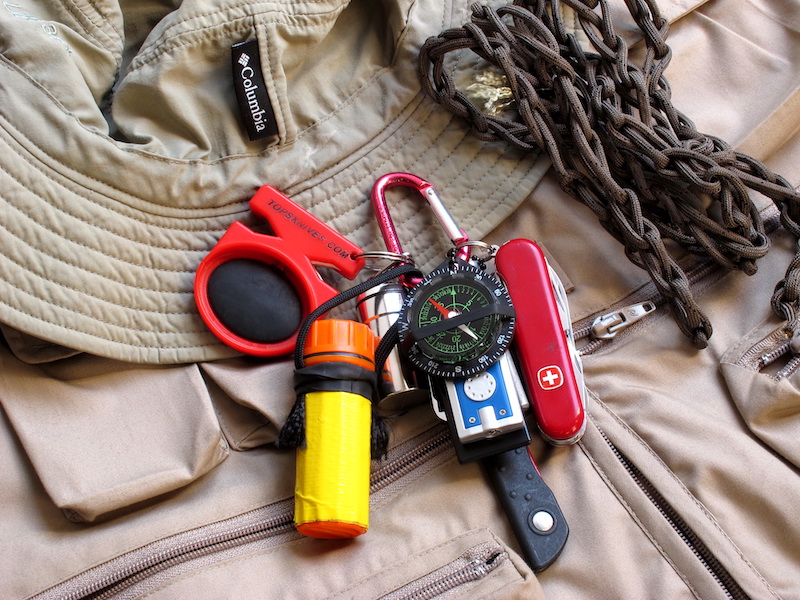

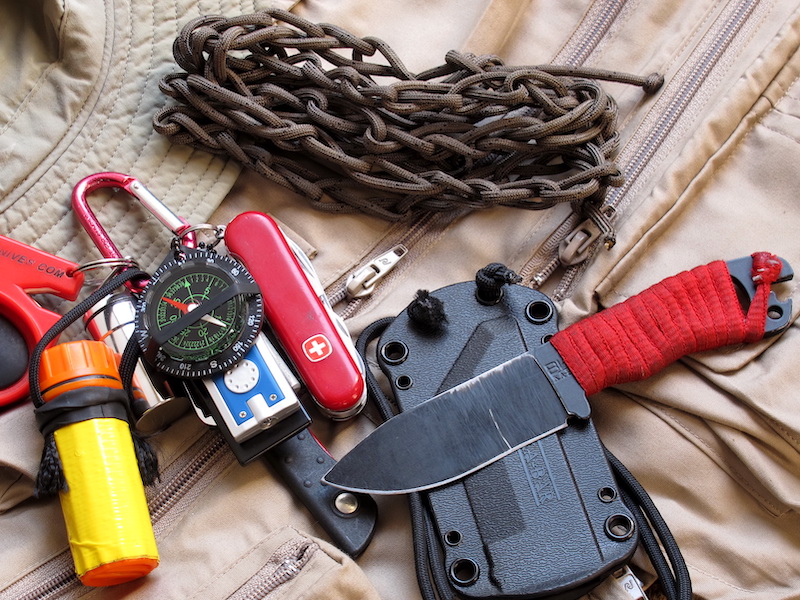
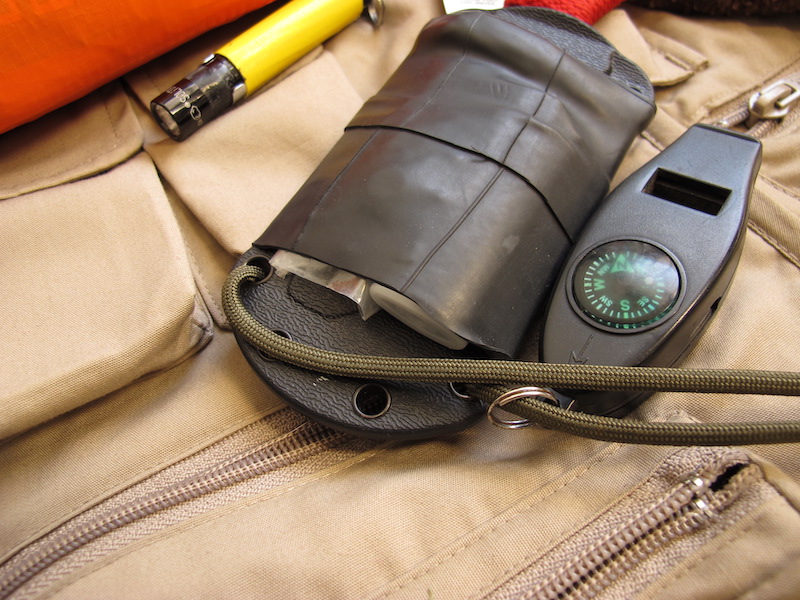
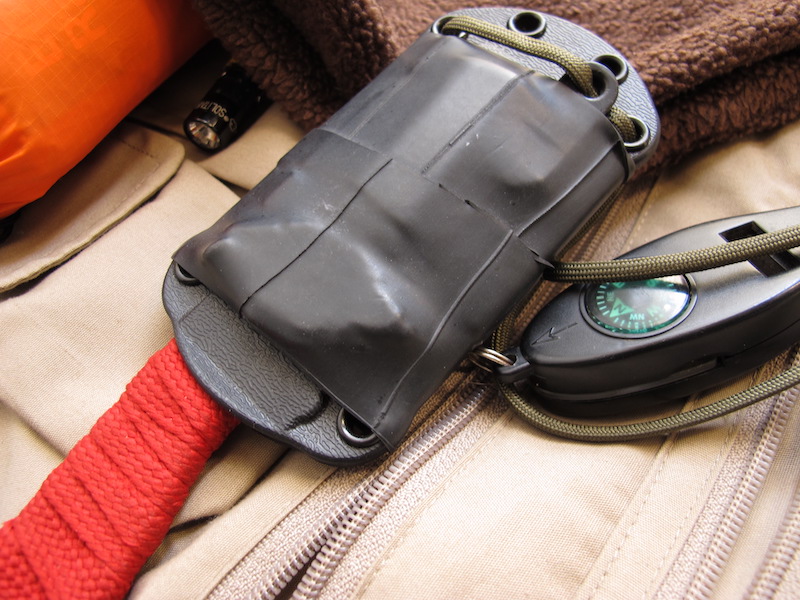

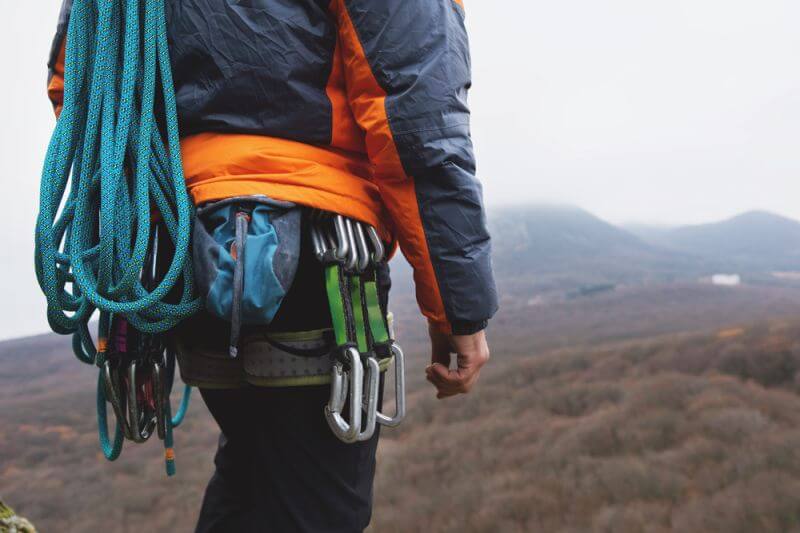



Kerry Bay | June 9, 2022
|
I think there is a proof-reader/editor in need. I assume English isn’t your first language, but yikes, dude. But to really delve into the ‘don’t needs”, all of that is wrong, with the exception of the can opener. Every multi-tool and ‘Swiss’ army knife has a can opener (but only 3 in 10 people know how to operate one). Every ‘readiness’ kit SHOULD be tailored to the expected environment, so yeah, a fishing kit in the highlands of Arizona might not be the best idea. BUT all the ‘kits’ you are saying can be omitted can come in at mere GRAMS, and are able to take less than the space of a single cargo pocket on the pants your grandmother bought you for Christmas from Walmart. And definitely, absolutely have water purification tablets in your kit. There is literally zero reason to not have them. They are proven, light, easy, hassle free and you can keep moving while they are working their magic. Light? I have a LED penlight that weighs a magnanimous 14 grams with a battery in it, and a fresh battery has a run time of 84 hours (tested). No reason not to have that, at a minimum. My EDC sewing kit is 4 grams, including 3 different sized spare buttons, spool of thread and a couple needles, tucked into a seal-tight match container with a few strike-anywheres. Carry a sharpie marker. Have to apply a tourniquet to yourself or someone else? Mark the application time. Passing by landmarks? Make your own mark on them to prevent confusion. Mark yourself for passage of time, or calories consumed from your pack, or the names and birthdates of other people you may come across. Maps. Free time doodling on walls to retain sanity. Tweezers? A splinter can absolutely kill you. What about ticks? Bee stings? Take up space? Really? Lightweight, so compact that slipping a pair into a medkit goes completely unnoticed. And to finish this off, my survival fishing kit starts at a 3 pound over the shoulder bag. Cuban Yo-Yo, tackle, fillet knife, spare line and a couple other minor items. In less than a minute I can have the kit stripped down to a ‘bare bones’ pocket kit that is 16 ounces or less, with the Yo-Y0. And that can get me A LOT of food, if the circumstances permit. Realisticly, everything you are saying that someone doesn’t need comes in at roughly a paltry 2 pounds, at the most, with a decent multitool AND lighter/ferro rod. Two pockets, neither of them totally filled. Let’s be realistic; the thing you need the least in a ‘survival’ kit is a cell phone. It already made you fat and lazy and dependent on GPS. Staring at it while walking through the woods (or urban hellscape) will just get you a broken ankle or two. Leave it behind, pay attention to your surroundings and quit being a dummy. Regards, Some Guy Who Needs Bacon
William Halford | June 9, 2022
|
People may rarely die of starvation, but that statement is too simplistic because it leaves out things like low blood suger even in people that don’t normally have blood sugar problems, and lack of energy and how the mind can have problems functioning due to low blood sugar or from simply not getting calories and nutrients needed for the mind and body to function properly.
I like the idea of having something to eat, even if not a lot, to at least be able to keep the mind and body functioning adequately for a little while. It doesn’t need to be 2500 calories a day, as that would indeed be a lot of weight, and it doesn’t even need to be enough to keep from losing weight. I’ve carried 2 small boxes of raisins and 2 small packs of peanuts in a Ziplock sandwich bag. It will at least help me function better than I would without any food at all, and doesn’t require much space.
Steve | January 19, 2023
|
That’s also why I throw a packet of instant coffee in the kit; the ability to sit and have a cup of coffee while sizing up the situation could help increase morale and decrease stress. Sure I could LIVE without the coffee, but if it helps and takes up practically no space….
scout | June 10, 2022
|
this one of the most common sense articles that i have came across in a long time. if anyone has ever done any primitive camping, they know this is true. i have seen many first time campers leaving the trail heads looking like the traveling tinker. they don’t go far. HAHA. you learn by doing. get outside and see what works.
woodchuck | June 11, 2022
|
Excellent article and excellent responses. They all support the reality that survival will be different for each of us. I do live in southern Arizona where the temperature yesterday reached 114. While I can’t disagree with the need for fire, even here, most of the weight in my pack will usually be water. I do also carry purification tablets. I am a member of our county Search and Rescue team. We have had a number of recoveries this year and the cause of death is invariably dehydration. So yeah, it’s different for everyone. Try to learn from each source available to you and try not to belittle others when their program doesn’t match your ideas.
Brad Robinson | June 15, 2022
|
My everyday wilderness kit is pretty simple. I have a file, magnesium bar and ferro rod, 550 cord, compass and sawer mini filter. My wound kit has a few alcohol pads, small bandages, small amount of duct tape and a clotting bandage. Thats pretty much it. I always carry a knife.
With these tools I can build a fire, catch game, drink water, and build a shelter, and stay a course, as well as dress any wounds that might occur.
Gregg G | August 27, 2022
|
Duct tape was mentioned once in the comments, I ,really see the usefulness of it. It serves as a bandage, repair for clothing, footwear and containers as well as forming this and thats, even a cup!. Also ,I carry two small tubes of superglue gel. It can seal a lot of cuts and also useful for repairs.
AD LINDQUIST | September 21, 2022
|
BUILD UR KIT FOR WHAT U NEED NOT WHAT U DON’T NEED NO MATTER WHERE I WENT IN THE US ARMY I PACKED FOR WHERE WAS GOING.
MY FIRST AID KIT HAS SUTURE SET AND I ALSO HAVE A RECIPE FOR CLOROFORM
SO PACK WHAT U NEED IF U CAN HUMP IT U CAN HAVE IT.
SGT LINDQUIST
US ARMY RETIRED INFANTRY
Jules | February 9, 2023
|
Bonjour Mr Bolieu
Un petit mot positif, très très bon article, très bien écrit,
J’ai passé beaucoup de temps en foret seul, tout ce qui est décrit dans cet article correspond parfaitement à la réalité de ce type de sortie.
Merci pour ce partage de qualité.